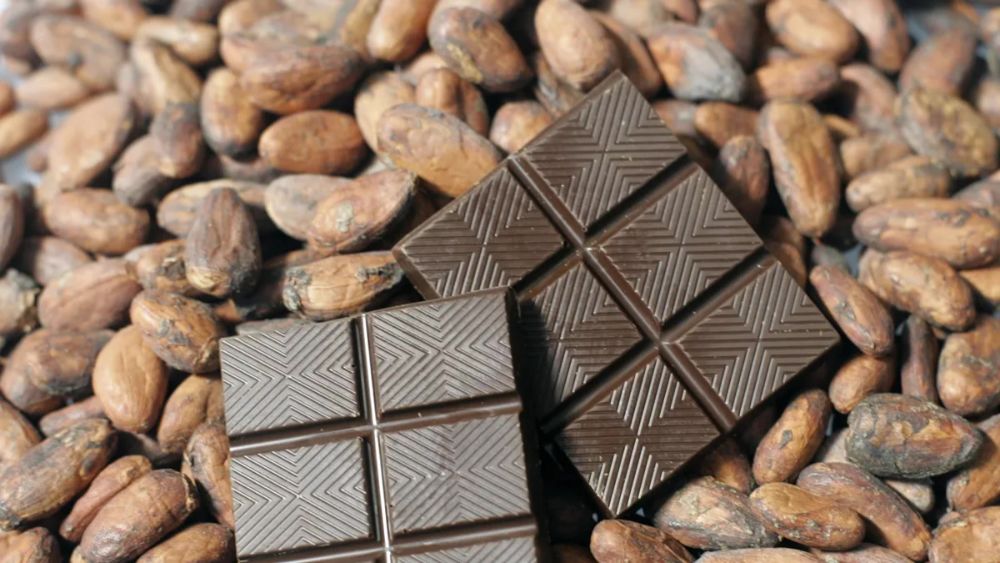The quintessential Valentine’s Day date of roses, dinner for two, and a box of chocolates may hit lovers’ wallets harder this year due to soaring cocoa and sugar prices. Here’s how the sweet celebration is being impacted:Cocoa prices reached unprecedented heights recently, propelled by adverse weather conditions and disease outbreaks in key producing regions like Ghana and the Ivory Coast. This supply crunch marks the third consecutive year of inadequate cocoa production, with little respite in sight, according to Sergey Chetvertakov, an expert at S&P Global.

El Niño’s Influence on Sweet Commodities
The El Niño weather phenomenon is exacerbating the situation, causing drier climates in Southeast Asia, India, and parts of Africa, which not only affects cocoa but also sugar crops, as noted by David Branch of Wells Fargo Agri-Food Institute.Consumers can expect higher prices for chocolate, with an 11% rise in the past year alone. Despite this, the National Confectioners Association remains optimistic about Valentine’s Day, citing a strong enthusiasm for chocolates and candies among Americans.Chocolate’s association with love and fertility dates back to ancient civilizations like the Maya and Aztecs. Today, chocolate and Valentine’s Day are inseparable, reflecting centuries-old traditions and modern marketing strategies.
As global inflation persists, sweets offer a relatively affordable means of celebrating love. Many, like Kim from Singapore, opt for homemade treats as a cost-effective alternative to extravagant dinners or pricey gifts.
Resilient Demand Amid Uncertainty
Despite economic downturns, chocolate demand remains resilient, possibly due to its reputation as a mood enhancer. Mintec’s analysis suggests that people seek “small pleasures” during uncertain times, further bolstering chocolate’s appeal.
Valentine’s Day dining isn’t just about chocolates; demand for luxury items like lobster and beef also surges during this romantic season. Mintec’s Valentine’s Day meal index reveals a 13.8% increase in prices compared to last year, driven by soaring lobster tail prices.
In response to escalating costs, some couples are opting for simpler, more budget-friendly celebrations. Kim and her partner, for instance, have traded extravagant dinners for cosy, intimate meals, reflecting a broader trend of reevaluating spending habits in the face of economic challenges.
